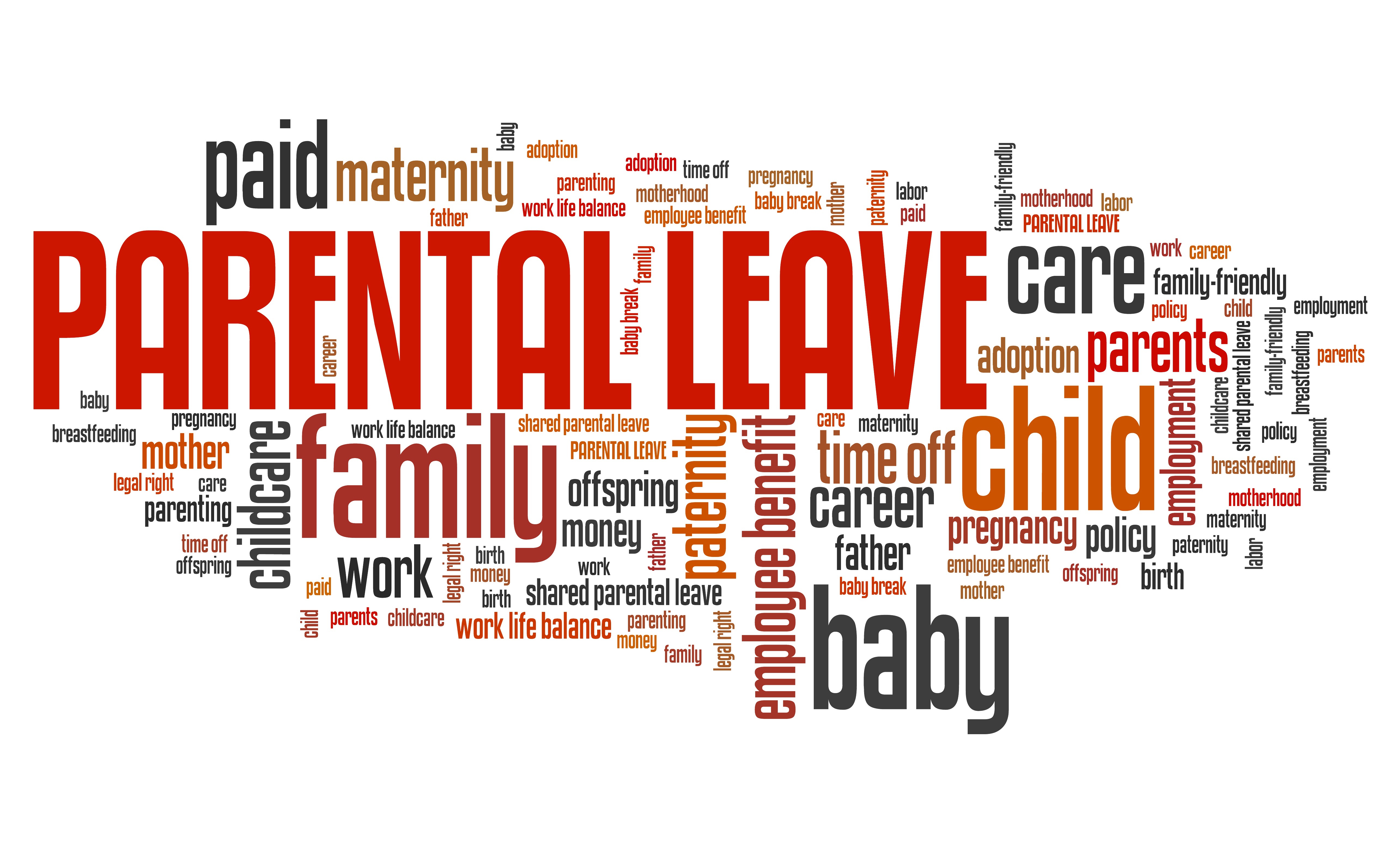Paternity leave benefits are much less common in the United States than maternity leave benefits. However, California is one of the few states in the country that provides fathers with paid time off via a state law.
In California, paternity leave benefits are a part of the state’s Paid Family Leave (PFL) insurance program. The law was signed in 2002 and enacted on July 1, 2004, and allows unemployment disability compensation to be used when men and women want to take time off from work to take care of newborn babies or care for injured or sick family members.
How Much Money Can Be Earned Through PFL Benefits?
Parents who apply for PFL benefits can receive up to 55 percent of their income during a period of six weeks in one calendar year. As of 2016, benefits range from $50 per week to a maximum of $1,129 per week. A total of 17.9 million California workers are eligible to receive PFL benefits via employee payroll deductions.
Who is Eligible for PFL Benefits?
Anyone who pays into the California State Disability Insurance fund is entitled to use PFL benefits at any time for a variety of situations. The paid leave must be taken during a 12-month period, and some employers may require that their employees use up to two weeks of earned vacation time before the PFL benefits are awarded.
Beginning in July 2014, California law changed to make PFL encompass more family-related care scenarios, including:
- Caring for a newborn baby, a newly adopted child, or a new foster child
- Caring for a seriously ill parent, child, spouse, or registered domestic partner
- Caring for other family members, including siblings, grandparents, grandchildren, and parents-in-law
Parents are only eligible to receive PFL benefits within one year of a new child’s birth, adoption, or foster care placement. In addition, parents must also provide proof of relationship in order to receive approval for PFL benefits.

